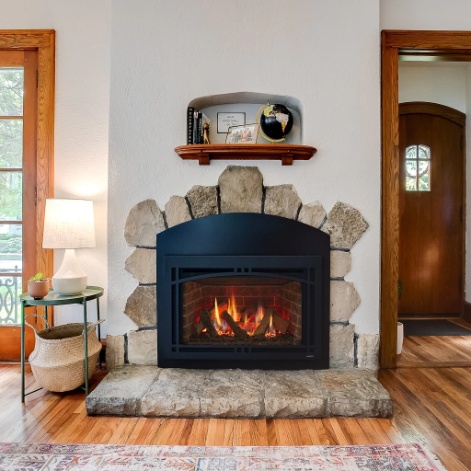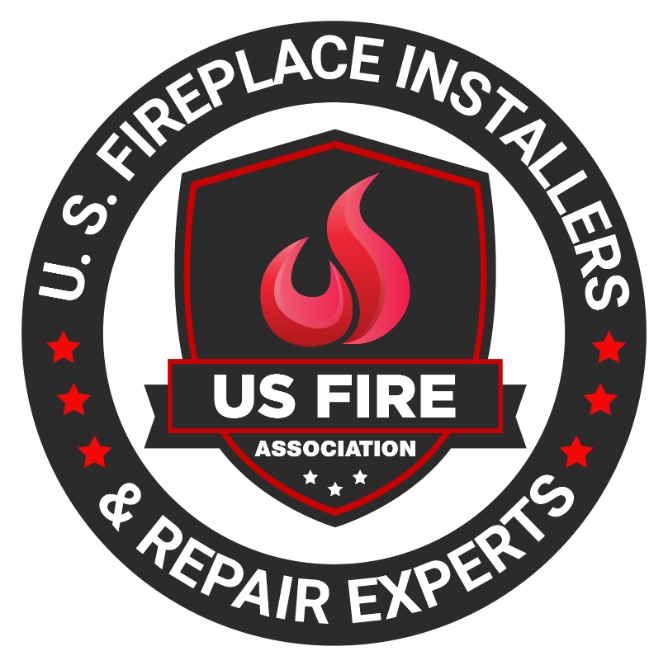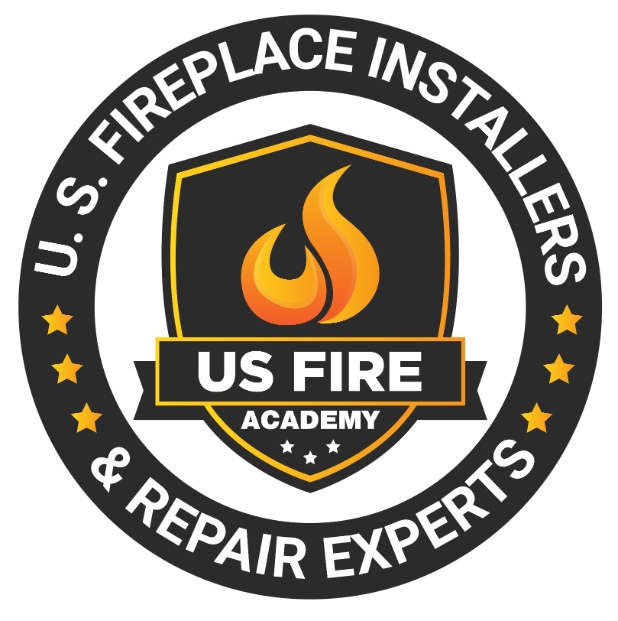Table of Contents
Is your Raynor garage door displaying error code 1-5? Don’t panic! This article will guide you through the common causes of this error, such as power outages, sensor malfunctions, misaligned tracks, and broken springs.
We will also provide you with step-by-step troubleshooting tips to fix error code 1-5 on your own. Find out when it’s time to call a professional and learn some valuable tips for preventing this issue in the future. Stay tuned for all the essential information you need to keep your garage door running smoothly!
What Is Error Code 1-5 on a Raynor Garage Door?
Error Code 1-5 on a Raynor Garage Door indicates a specific issue within the garage door system that requires attention and troubleshooting. Understanding the meaning of this error code is crucial for diagnosing and resolving the underlying problem effectively.
This error code typically points to a communication error between the garage door opener and the wall console. One of the common causes of Error Code 1-5 is a faulty connection or wiring issues.
It could also be triggered by a damaged control board or circuitry. To address this, start by checking the wiring connections to ensure they are secure and intact. If the connections appear fine, you may need to inspect the control board for any visible signs of damage. In some cases, resetting the opener system or replacing the control board might be necessary to resolve Error Code 1-5.
Common Causes of Error Code 1-5
Error Code 1-5 on a Raynor Garage Door can stem from various common causes that impact the functioning of the garage door system. Identifying these underlying issues is essential for effective troubleshooting and resolution.
Power outages are a frequent culprit behind Error Code 1-5 as they disrupt the power supply to the door opener, causing malfunction. Sensor malfunctions can trigger this error, often due to dirt or misalignment.
Misaligned tracks can impede the smooth movement of the door, leading to this issue. Broken springs, a critical component in the door’s operation, can also result in Error Code 1-5. Addressing these issues promptly can help restore the functionality of the garage door system.
Power Outage
A power outage is a common cause of Error Code 1-5 on a Raynor Garage Door, disrupting the electrical supply and affecting the garage door’s operation. Troubleshooting this issue involves checking the power source and ensuring a stable electrical connection.
In such situations, it is essential to verify that the garage door opener is receiving power and that the circuit breaker has not tripped. Inspecting the power cord for any damages or loose connections can help in identifying the root cause of the problem.
To prevent future occurrences of power-related issues, consider investing in a battery backup system for the garage door opener, ensuring uninterrupted functionality during power outages.
Regular maintenance checks and keeping the opener’s components clean can also prolong its lifespan and reduce the likelihood of malfunctions.
Sensor Malfunction
A sensor malfunction can trigger Error Code 1-5 on a Raynor Garage Door, hindering the proper functioning of safety sensors that detect obstacles. Troubleshooting sensor issues involves inspecting sensor alignment, cleaning, and recalibration to restore optimal performance.
Incorrect sensor alignment or dirty sensor lenses are common culprits behind sensor malfunctions leading to Error Code 1-5. When sensors are not aligned perfectly, they may not communicate effectively, causing errors in obstacle detection.
Regularly cleaning sensor lenses can prevent dust or debris from obstructing the sensor’s view. Recalibrating the sensors according to the manufacturer’s instructions can help resolve minor issues that may cause Error Code 1-5. To maintain sensor integrity, ensure they are free from physical damage and periodically check for loose connections.
Misaligned Tracks
Misaligned tracks can lead to Error Code 1-5 on a Raynor Garage Door, causing operational issues and potential safety hazards. Resolving misalignment problems involves track adjustment, realignment, and ensuring smooth door movement.
If the tracks are not properly aligned, the door may get stuck or exhibit jerky movement when opening or closing. This misalignment can trigger the Error Code 1-5, indicating a problem with the door’s position or path.
To troubleshoot this issue effectively, start by inspecting the tracks for any visible bends, gaps, or debris. Clear any obstructions and check for loose bolts or screws that may be affecting alignment. Utilizing a level tool, adjust the track positioning by loosening the mounting hardware and gently tapping the track into the correct alignment. Once aligned, ensure the track is securely fastened in place before testing the door’s movement.
Broken Springs
Broken springs are a common cause of Error Code 1-5 on a Raynor Garage Door, impacting the door’s balance and smooth operation.
Troubleshooting broken spring issues involves spring replacement, ensuring proper tension, and restoring door functionality.
When a spring breaks, it can lead to imbalances in the door, causing strain on other components like the opener and hinges. To effectively address this issue, start by examining the spring system for any visible signs of damage or wear. Look out for gaps in the coils or any twisting/bending.
It’s crucial to release tension from the springs before attempting replacement to prevent accidents. Regular maintenance checks to lubricate and inspect springs can prolong their lifespan and prevent unexpected failures.
How to Troubleshoot Error Code 1-5
Troubleshooting Error Code 1-5 on a Raynor Garage Door requires a systematic approach to identify the root cause of the issue and implement appropriate solutions. Following a structured troubleshooting process can help diagnose and resolve the problem effectively.
To troubleshoot a malfunctioning garage door opener, start by checking the door sensors. Make sure they are properly aligned and free from any obstructions. Then, inspect the wiring connections for any signs of damage or loose connections.
Another important step is to examine the batteries in the remote control. Sometimes, a simple power issue can cause the opener to malfunction. If these steps do not resolve the error, try resetting the opener by unplugging it for a few minutes and then plugging it back in.
If the problem persists, it may be necessary to consult a professional technician for further assistance. They will have the expertise to diagnose and fix any underlying issues with the opener.
Check Power Source
Verifying the power source is a crucial step in troubleshooting Error Code 1-5 on a Raynor Garage Door. This ensures that the garage door system receives adequate electrical supply for proper operation.
Conducting a thorough power source check is essential for diagnosing power-related issues effectively. To verify the power supply, start by checking the connection between the garage door opener and the power outlet. Ensure that the outlet is functional by plugging in another device to confirm power availability.
It’s also important to inspect the power cord for any visible damage or frayed wires. Consider testing the circuit breaker or fuse box to rule out any tripped breakers. By systematically examining these components, you can troubleshoot power-related problems and address them promptly, minimizing downtime and ensuring continuous garage door functionality.
Inspect Sensors
Inspecting the sensors is a critical troubleshooting step for resolving Error Code 1-5 on a Raynor Garage Door, as sensor malfunctions can trigger error notifications.
Thorough sensor inspection, cleaning, and realignment can help restore sensor functionality and eliminate error codes.
Regular sensor maintenance is key to preventing sensor-related issues. Dust, dirt, or misalignment can disrupt sensor communication, leading to error codes.
To maintain sensors, start by checking for any debris blocking the sensor’s path. Clean sensors using a soft cloth and gentle cleaner to ensure optimal performance. Reposition sensors if necessary to ensure they are facing each other and aligned properly.
For more complex issues, use a multimeter to test sensor continuity and voltage. Identifying and addressing sensor problems promptly can prevent further garage door operation interruptions.
Adjust Tracks
Adjusting the tracks is an essential troubleshooting measure for addressing Error Code 1-5 on a Raynor Garage Door, as misaligned tracks can impede door movement and trigger error alerts.
Proper track adjustment and alignment can enhance door performance and eliminate error notifications.
Misaligned tracks not only affect the smooth operation of the garage door but can also lead to more severe issues if left unattended.
To realign the tracks, start by examining the alignment of the vertical and horizontal tracks, ensuring they are parallel and properly anchored. Use a level to verify alignment, adjusting the mounting brackets as needed.
Lubricating the tracks regularly can prevent friction and aid in smoother door movement, reducing the chances of alignment errors.
Replace Springs
Replacing broken springs is a fundamental troubleshooting step for rectifying Error Code 1-5 on a Raynor Garage Door. Damaged springs can compromise door functionality and trigger error signals. Timely spring replacement is essential for restoring door balance and resolving error code issues.
Identifying spring failures often involves checking for visual signs such as gaps in the coils, rust, or misalignment. Listening for unusual sounds during door operation like squeaking or grinding can indicate spring issues.
When it comes to spring replacement, it’s crucial to follow manufacturer guidelines for selecting the right type and size of springs. Professional installation by trained technicians ensures safety and proper functionality. Regular maintenance practices like lubricating springs can extend their lifespan and prevent premature failures, thus minimizing the occurrence of Error Code 1-5 incidents.
When to Call a Professional
Knowing when to seek professional assistance from Dreifuss Fireplaces (& Doors) for Error Code 1-5 on a Raynor Garage Door is essential for addressing complex issues beyond DIY troubleshooting. Professional garage door technicians can provide expert diagnosis, repair, and maintenance services to resolve error code problems effectively.
Garage door experts have the necessary skills and tools to accurately pinpoint the root cause of Error Code 1-5, ensuring a thorough and lasting solution. By choosing professional intervention, homeowners can avoid potential safety hazards associated with malfunctioning garage doors.
Seeking help from reputable service providers not only guarantees a prompt resolution but also enhances the overall longevity and performance of the garage door system. When selecting a garage door service company, consider factors such as experience, certifications, customer reviews, and warranties to ensure top-notch service delivery. Contact Dreifuss Fireplaces (& Doors) today!
Tips for Preventing Error Code 1-5
Implementing proactive measures to prevent Error Code 1-5 occurrences on a Raynor Garage Door can help maintain optimal door performance and reduce the likelihood of system malfunctions. Following preventive tips and maintenance practices can contribute to the long-term reliability and functionality of the garage door.
Regularly inspecting the door’s hardware, such as springs, cables, and rollers, for signs of wear and tear is essential in preventing unexpected issues.
Lubricating moving parts like hinges and tracks can also aid in smooth operation. Scheduling professional tune-ups annually can address any potential issues early on.
Keeping the door clean from debris and ensuring proper alignment of sensors are simple yet effective ways to prevent Error Code 1-5 incidents.
By following these best practices, homeowners can prolong the lifespan of their garage door system.
Frequently Asked Questions
1. What triggers Error Code 1-5 on a Raynor Garage Door?
Error Code 1-5 indicates a communication issue between the garage door opener and the wall console, often due to faulty connections, wiring issues, or a damaged control board.
2. How can power outages cause Error Code 1-5?
Power outages disrupt the electrical supply to the door opener, which can malfunction and display Error Code 1-5, requiring a check of the power source and ensuring a stable electrical connection.
3. What should you do if your garage door sensor malfunctions?
For a malfunctioning sensor, inspect for dirt or misalignment, clean the sensor lenses, and recalibrate the sensors as per manufacturer’s instructions to restore functionality.
4. Why is it important to adjust garage door tracks?
Adjusting the garage door tracks is crucial to prevent misalignment issues that can hinder door movement and trigger Error Code 1-5, requiring track inspection and realignment for smooth operation.
5. When should you replace broken garage door springs?
Replace broken garage door springs to correct door balance and function, following manufacturer guidelines for spring selection and professional installation to resolve Error Code 1-5.
6. What are the preventive tips to avoid Error Code 1-5?
To prevent Error Code 1-5, regularly inspect hardware, lubricate moving parts, schedule professional tune-ups, and ensure sensor alignment to maintain optimal garage door performance.
Latest Articles

What Is An NG (Natural Gas) Indicator And Why You Need It For Your Fireplace
Table of Contents1 Understanding Natural Gas Fireplaces2 What is an NG Indicator?3 Importance of NG Indicators for Safety4 Types of NG Indicators5 Installation and Maintenance of NG Indicators6 Signs of a Faulty NG Indicator7 Frequently Asked Questions Natural gas fireplaces are a favored option among numerous homeowners due to their convenience and effectiveness. But, what is an NG (Natural Gas) indicator and why you need it for your fireplace? It is imperative to comprehend how they function and the significance of having an NG (Natural Gas) indicator for safety purposes. This article delves into the definition and significance of NG indicators. We will discuss the potential hazards associated with the absence of one and the various types of indicators accessible. Also, we will discuss installation and maintenance recommendations, and methods to recognize and rectify issues with malfunctioning indicators. Stay well-informed and ensure the safety of your home by referring to this exhaustive guide. Understanding Natural Gas Fireplaces Natural gas fireplaces serve as an efficient and convenient heating option for numerous households. They utilize natural gas as a fuel source to deliver consistent warmth and ambiance. How They Work and Why They Need NG Indicators The operation of natural gas fireplaces involves igniting natural gas to generate heat. This process requires diligent monitoring to ensure both safety and efficiency, a task facilitated by the use of NG indicators. NG indicators play a critical role in detecting potential gas leaks. They enable residents to promptly address and mitigate any associated hazards. Through continuous monitoring of gas levels and providing timely warnings and alerts, NG indicators uphold a secure indoor environment. It is imperative to ensure that these indicators function properly to facilitate the effective operation of natural gas fireplaces. This helps mitigate the inherent risks linked to gas leaks. What is an NG Indicator? An NG indicator is a specialized device equipped with advanced sensors and technology. It is specifically designed to detect natural gas leaks and monitor gas pressure in appliances, such as fireplaces. Definition and Purpose The NG indicator functions as a detector that monitors gas appliances for potential leaks. It provides essential functionality to ensure safety in households utilizing natural gas. These detectors play a crucial role in protecting residences by notifying occupants of dangerous gas leaks long before they escalate into perilous situations. Through continuous monitoring of gas levels in the vicinity, NG indicators offer an additional layer of protection. This is particularly important in properties that rely on gas-operated fireplaces or stoves. These devices not only help avert potential disasters but also enhance the overall peace of mind of homeowners. They assure them that their living spaces are equipped with reliable safety features. Importance of NG Indicators for Safety Natural gas indicators are essential for maintaining safety in households equipped with natural gas appliances. These devices serve as a proactive measure to promptly detect gas leaks. This offers homeowners a sense of security and assurance. Potential Dangers of Not Having an NG Indicator The absence of an NG indicator in residences equipped with natural gas appliances can pose significant hazards. This includes the risk of undetected gas leaks , carbon monoxide poisoning , and pilot outages that may lead to dangerous situations. These potential risks can profoundly impact indoor air quality. They directly influence the health and safety of individuals residing in the household. Undetected gas leaks can go unnoticed, gradually permeating the air and creating a potentially explosive environment. Insufficient ventilation from undetected exposure to carbon monoxide can lead to serious health complications. These range from mild symptoms such as dizziness to fatal poisoning. Without proper monitoring from an NG indicator, families are left susceptible to these concealed threats. This underscores the critical importance of implementing proactive measures to mitigate such risks. Types of NG Indicators Indicators for Natural Gas (NG) are available in diverse types. Each presents distinct detection capabilities tailored to specific requirements, encompassing both manual and automated alternatives. Manual vs. Automatic Indicators Manual NG indicators require user intervention for monitoring gas levels and identifying leaks. On the other hand, automatic indicators employ sophisticated technology to deliver continuous, real-time monitoring. This heightened efficiency and oversight enhance safety protocols. Conventional manual indicators rely on individuals to physically inspect and evaluate gas levels periodically. This renders them more susceptible to human errors. Conversely, automatic indicators feature sensors capable of promptly detecting even the most minute fluctuations in gas levels. This establishes a more dependable and precise monitoring mechanism. Automatic indicators can activate alerts and shut-off systems upon detecting a leak. This ensures immediate action to avert potential hazards. This advanced technology enhances safety protocols and instills a sense of command and assurance among users. Installation and Maintenance of NG Indicators The reliable and accurate performance of NG indicators necessitates proper installation and consistent maintenance. This often entails professional installation and adherence to recommended service guidelines. Proper Installation and Regular Maintenance Tips The proper installation of NG indicators involves adhering to the specifications in the user manual. Maintenance protocols entail strict adherence to a predetermined maintenance schedule to ensure sustained operational efficiency. During the installation phase, it is imperative to verify that the NG indicators are securely affixed in the designated location as stipulated by the manufacturer. Crucial steps include confirming power source compatibility and ensuring proper grounding of the device to optimize performance. Calibration of the indicator must be executed meticulously to ensure precise readings. Regarding maintenance, essential practices include regular inspection for signs of wear, thorough cleaning of the indicator components, and routine functionality tests. By allocating time to a consistent maintenance regimen, the NG indicator can operate with optimal efficiency over an extended duration. Signs of a Faulty NG Indicator Recognizing indicators of a malfunctioning NG indicator is essential for upholding safety and performance standards. Inaccuracies and detection issues can undermine the efficacy of these devices. Identifying and Addressing Issues The process of identifying and addressing issues related to NG (natural gas) indicators requires a systematic troubleshooting approach. This ensures their optimal performance

What You Need To Know About Gas Log Set Safety And Installation Considerations
Table of Contents1 Understanding Gas Log Sets2 Safety Considerations for Gas Log Sets3 Installation Guidelines for Gas Log Sets4 Maintaining and Troubleshooting Gas Log Sets5 Frequently Asked Questions Gas log sets are a favored option among homeowners seeking to enjoy the comfort and atmosphere of a conventional fireplace without the inconvenience of wood. This article tells you what you need to know about gas log set safety and installation considerations. Before incorporating one into your residence, it is imperative to understand the safety considerations associated with their use. This discussion delves into the potential hazards linked with gas log sets. It presents crucial precautions to uphold the safety of your home. Also, it outlines proper installation procedures and offers insight into common errors to avoid. Finally, it provides advice on maintenance and troubleshooting. Gain comprehensive knowledge on gas log set safety and installation considerations. Understanding Gas Log Sets Comprehending gas log sets is essential for individuals seeking to elevate their fireplace experience, and for gas lag set safety and installation. These heating appliances can operate on either natural gas or propane. In addition, they are available in a range of styles, including vented, ventless, and vent-free options. They provide an array of benefits and customization opportunities through various fireplace accessories. What are Gas Log Sets? Gas log sets are meticulously crafted artificial logs. They are designed to imitate the appearance and functionality of authentic wood logs within fireplaces. These gas log sets typically consist of ceramic or refractory concrete logs that have been skillfully molded and painted. This allows them to replicate the natural grain and texture of real wood. The logs are arranged in various configurations within the fireplace. They establish a realistic and welcoming ambiance. In addition to the logs, gas log sets often include fireplace accessories such as glowing embers. Accessories also include decorative stones, and even pine cones to enhance the overall aesthetic appeal. Homeowners can select from an array of placement options. These include traditional wood stack, cascading driftwood, or a contemporary geometric arrangement. Homeowners can align their preferred style and design preferences. Safety Considerations for Gas Log Sets Safety considerations for gas log sets are of utmost importance to guarantee a secure and pleasant fireplace experience. It is essential to address potential hazards such as carbon monoxide exposure, gas leaks, and fire safety to maintain a safe environment for homeowners. Potential Hazards and Precautions Gas log sets come with potential hazards that must be taken seriously, including the risks of gas leaks, carbon monoxide poisoning, and fire incidents. It is imperative to establish and adhere to rigorous safety measures to ensure the well-being of individuals and properties involved in the use of gas log sets. Gas leaks represent a significant hazard when utilizing gas log sets. They can result in the accumulation of combustible gas within the premises, heightening the possibility of explosions or fires. Carbon monoxide, an insidious gas generated during incomplete combustion, poses a grave threat due to its colorless and odorless nature, making it undetectable without proper monitoring. To address these risks effectively, it is vital to install carbon monoxide detectors and gas leak sensors in the vicinity of the gas logs. Routine maintenance checks on the gas log system, including cleaning and inspection procedures, are critical to ensure safe operations and the prompt identification of potential issues. In case of a gas leak or suspected presence of carbon monoxide, immediate evacuation of the affected area is paramount, followed by prompt contact with emergency services. Recognizing the distinct odor of rotten eggs associated with natural gas can serve as an early warning sign, prompting swift actions to avert any potential accidents. Installation Guidelines for Gas Log Sets The installation of a gas log set necessitates meticulous planning and strict adherence to specific guidelines. This includes verifying a secure gas connection, ensuring proper gas lines are in place, and complying with local building codes. Often, the complexity of these requirements may require the expertise of a certified technician. Proper Installation Techniques The appropriate installation procedures for gas log sets involve the secure connection of gas lines, meticulous adherence to installation manuals, and strict compliance with local building codes. It is imperative to prioritize the guarantee of secure gas connections to avert leaks and potential safety hazards. During the installation of gas log sets, utilizing suitable sealants and fittings is essential to establish a tightly sealed connection. The correct installation of gas lines is critical for both the safety and operational efficacy of the gas log set. Reference to the installation manual is highly advisable for detailed, step-by-step guidance to prevent inaccuracies and ensure the successful establishment of the gas log set. Consistently adhering to building codes and regulations upholds safety standards. Seeking guidance and confirmation from a certified technician before and after installation can offer invaluable support and assurance throughout the process. Common Installation Mistakes to Avoid It is imperative to avoid common installation errors to ensure the secure and effective operation of gas log sets. This includes verifying proper gas connections and compliance with building codes. Improper gas connections can result in leaks and potential hazards, underscoring the importance of verifying the tightness and correct alignment of all fittings. Failure to adhere to building codes can lead to structural complications, penalties for non-compliance, or even safety concerns. To prevent these oversights, it is advised to consult the manufacturer’s installation guidelines and strictly adhere to local regulations. Engaging a certified technician for the installation of gas log sets guarantees that the procedure is carried out accurately and securely. This provides assurance that the system is functioning as intended. Maintaining and Troubleshooting Gas Log Sets Regular maintenance and troubleshooting of gas log sets are imperative to uphold their optimal performance and safety. This includes thorough examination of the pilot light, pilot assembly, and other gas appliances to preserve heating efficiency and promptly resolve any arising issues. Tips for Maintenance and Repair Ensuring the proper maintenance of your gas log set necessitates conducting

Key Considerations For Using Compressed Liquid Propane In Fireplace Installation
Table of Contents1 What is Compressed Liquid Propane?2 Benefits of Using Compressed Liquid Propane in Fireplaces3 Safety Precautions for Installing Compressed Liquid Propane Fireplaces4 Installation Process for Compressed Liquid Propane Fireplaces5 Maintenance and Care for Compressed Liquid Propane Fireplaces6 Alternative Fuel Options for Fireplaces7 Frequently Asked Questions If you are contemplating the use of compressed liquid propane in your fireplace installation, this discussion will delve into the advantages of adopting this alternative fuel option. These benefits include enhanced efficiency, cost savings, and important safety precautions to consider. Furthermore, a detailed step-by-step guide on the installation process will be provided, along with recommendations for maintenance and care. A comparison of various fuel options for fireplaces will also be conducted to assist you in making an informed decision. We encourage you to stay engaged to gain insights into optimizing your fireplace’s capabilities with compressed liquid propane. What is Compressed Liquid Propane? Compressed Liquid Propane is a versatile energy source contained in a high-pressure propane tank. It finds extensive utility in both residential and commercial settings, prominently including fireplaces. Recognized for its convenience and efficiency, Compressed Liquid Propane emerges as a favored option for heating residential spaces and facilitating culinary pursuits across various environments. Additionally, it serves as a viable fuel substitute in vehicular contexts, portable cooktops, and outdoor grilling scenarios due to its propensity for clean combustion. The attribute of portability, coupled with ease of storage, positions Compressed Liquid Propane as an optimal energy source for individuals residing off the conventional grid. It is also great for engaging in outdoor activities such as camping and recreational vehicle (RV) travel. Moreover, the high energy density inherent to Compressed Liquid Propane renders it a dependable choice for sustaining generators during instances of power disruptions. Benefits of Using Compressed Liquid Propane in Fireplaces Utilizing Compressed Liquid Propane for fireplace installation presents several benefits. These include enhanced fuel efficiency, convenience, cost-effectiveness, and a favorable environmental footprint. These attributes render it a recommended option for heating solutions, applicable to both on-grid and off-grid settings. Efficiency and Cost Savings The utilization of Compressed Liquid Propane in fireplaces offers significant advantages, notably in terms of high fuel efficiency and cost-effectiveness. These attributes are underscored by the exceptional BTU rating and overall heating efficiency of Compressed Liquid Propane. The elevated fuel efficiency exhibited by Compressed Liquid Propane fireplaces necessitates less fuel to generate the same level of heat compared to traditional wood-burning fireplaces or electric heating systems. Consequently, homeowners can realize cost savings on their heating expenditures over an extended period. Moreover, the clean-burning characteristics of propane minimize maintenance costs linked to soot and ash cleanup. This further enhances the cost-effectiveness of employing propane fireplaces. Safety Precautions for Installing Compressed Liquid Propane Fireplaces Ensuring safety is of utmost importance during the installation of Compressed Liquid Propane fireplaces. This requires strict adherence to safety regulations, meticulous attention to proper ventilation requirements, careful control of ignition sources, and the incorporation of carbon monoxide and gas leak detection systems. Important Safety Measures Essential safety protocols for the installation of Compressed Liquid Propane fireplaces encompass adherence to fire safety regulations. Engaging in professional assessments and employing sophisticated gas leak and carbon monoxide detection mechanisms is crucial. Professional evaluations play a critical role in identifying any prospective hazards or irregularities within the fireplace infrastructure. These assessments are vital in ensuring the operational integrity of all components and compliance with safety protocols. Routine inspections serve to forestall potential fire incidents, gas discharges, or carbon monoxide emissions that could pose significant threats to both the property and individuals in the vicinity. The utilization of advanced gas leak and carbon monoxide detection systems serves as an additional safeguard by promptly notifying occupants of any elevated levels of these hazardous gases. Installation Process for Compressed Liquid Propane Fireplaces The installation procedure for Compressed Liquid Propane fireplaces encompasses several critical steps. These include: Adhering to installation guidelines Correctly positioning the propane tank Ensuring precise gas line installation Optimizing heat output Monitoring pressure regulation Establishing the pilot light Step-by-Step Guide The installation process of Compressed Liquid Propane fireplaces involves a systematic approach. This begins with the construction of the firebox, followed by the installation of the gas control valve, setup of the ignition system, design of the flue, and verification of a suitable combustion air supply. The construction of the firebox assumes critical importance as it serves as the foundation of the fireplace structure. It securely holds the combustible materials in place. Subsequently, the gas control valve plays a key role in managing the propane flow, guaranteeing safe and efficient operation. The installation of the ignition system facilitates convenient and reliable fire initiation. Designing the flue is a necessary step to direct exhaust gases outside, thus preventing their accumulation indoors. Moreover, ensuring a proper combustion air supply is essential to sustain optimal burning conditions and enhance fuel consumption efficiency. Each component contributes significantly to the functionality and safety of the fireplace installation process. This underscores the importance of meticulous attention to detail and adherence to established protocols. Maintenance and Care for Compressed Liquid Propane Fireplaces Consistent maintenance and attention to Compressed Liquid Propane fireplaces are imperative to guarantee their optimal functionality. This includes adherence to prescribed maintenance protocols, regular chimney upkeep, prevention of soot accumulation, and scheduling of routine propane deliveries and professional inspections. Tips for Keeping Your Fireplace in Good Condition For the maintenance of your Compressed Liquid Propane fireplace, it is essential to conduct regular checks on ignition sources. Monitor flame appearance, clean the gas burner and pilot assembly, and verify the correct operation of the safety shut-off valve. The inspection of ignition sources requires a detailed examination of the electronic igniter. This helps identify any signs of damage or corrosion and ensures proper sparking upon activation. Monitoring flame appearance involves observing a consistent blue flame with minimal flickering, which signifies efficient combustion. Cleaning the gas burner and pilot assembly can be performed using a soft brush or compressed air to eliminate any dirt or debris that may

